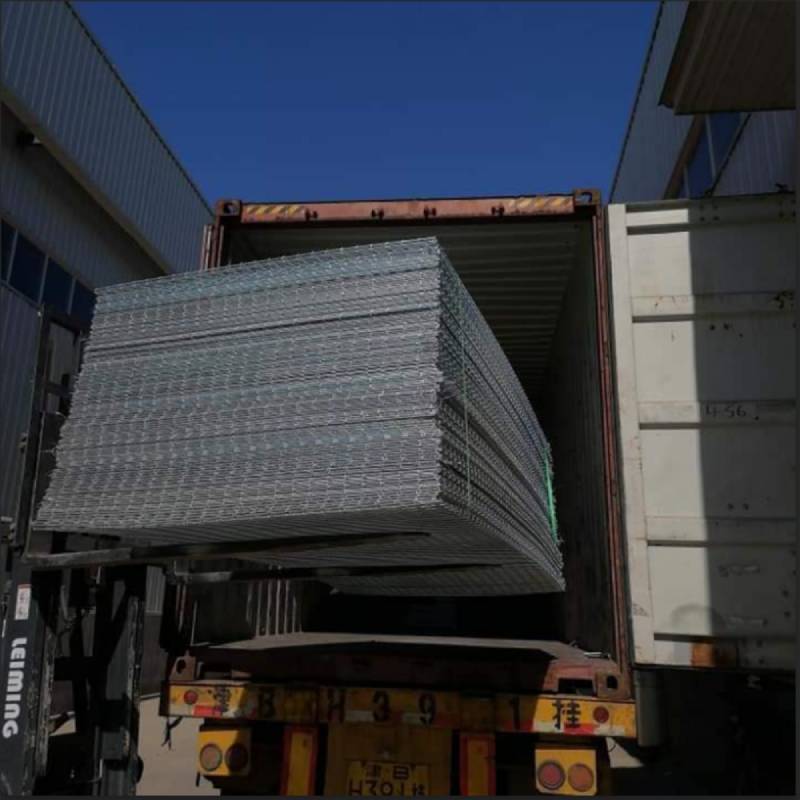A Comprehensive Guide to Purchasing Chain Link Fencing by the Foot for Your Property
Understanding Chain Link Fence by the Foot A Practical Guide
When it comes to fencing solutions for residential, commercial, or industrial properties, chain link fences are a popular choice due to their durability, affordability, and versatility. One common way to purchase chain link fencing is by the foot, allowing property owners to select the exact length needed for their project. In this article, we will explore the benefits, considerations, and installation tips associated with chain link fence by the foot.
Benefits of Chain Link Fencing
1. Cost-Effectiveness One of the primary reasons people opt for chain link fences is their cost efficiency. When purchasing by the foot, you can easily align your spending with your budget. This method allows you to buy just the amount you need without overpaying for excess materials.
2. Durability Chain link fences are made from galvanized steel, making them resistant to rust and corrosion. This longevity means that, once installed, they require minimal maintenance compared to wood or vinyl fences, which can deteriorate more quickly over time.
3. Security and Visibility Chain link fences provide a clear boundary for your property while still allowing visibility. This feature is particularly beneficial in security applications, as it enables property owners to monitor their surroundings without obstructing their view.
4. Customizability Purchasing chain link fencing by the foot provides flexibility in terms of height and style. You can choose from various gauge options, which refer to the thickness of the wire, as well as different mesh sizes to suit your specific security and aesthetic needs.
Considerations Before Purchase
When considering a chain link fence, several factors need to be taken into account
- Height While standard heights for chain link fences range from 3 to 12 feet, it's essential to choose a height that meets your needs for privacy and security
. Higher fences provide greater security but may also require additional permits or inspections in some areas.chain link fence by the foot

- Gauge The gauge indicates the thickness of the wire used. A lower gauge means thicker wire, which translates to better durability. For instance, a 9-gauge wire is sturdier compared to an 11-gauge wire.
- Material Coating Chain link fences come in various coatings, including galvanized steel or vinyl-coated options. While galvanized steel is rust-resistant, vinyl coatings offer additional aesthetic appeal and a variety of color choices.
Installation Tips
Installing a chain link fence can be a DIY project or a professional job, depending on your experience level. Here are a few tips for a successful installation
1. Planning Before purchasing your chain link fence by the foot, carefully measure the area you intend to fence. Mark the corners and gates to ensure you order the correct length of materials.
2. Post Installation Begin by digging holes for the fence posts. The depth of these holes should typically be one-third of the height of the post to ensure stability. Use concrete to secure the posts in place.
3. Attaching the Fence Fabric Once the posts are set, unroll the chain link fabric and attach it to the posts using tension bands and ties. Ensure that the fabric is taut to prevent sagging.
4. Gates If your fence design includes a gate, consider its placement and hardware requirements. Swing gates need adequate space to operate, while sliding gates may require additional tracks.
Conclusion
Purchasing chain link fence by the foot offers flexibility, affordability, and durability for various fencing projects. By understanding the benefits, considering your specific needs, and following installation tips, you can create a secure and functional boundary for your property. Whether for enhancing security, keeping pets contained, or marking property lines, chain link fencing remains a reliable choice for many homeowners and businesses alike.
-
Space-Saving Chain Fence Hacks Vertical Gardening with Cyclone MeshNewsJul.16,2025
-
Innovations in Iron Nail Wire Production for Modern ConstructionNewsJul.16,2025
-
Creative Uses of Wire Netting Fence in Modern Landscape DesignNewsJul.16,2025
-
Barbed Wire Fence Innovations in Anti-Climb TechnologyNewsJul.16,2025
-
Architectural Uses of Umbrella Nails for Aesthetic Roof DesignsNewsJul.16,2025
-
Architectural Uses of Razor Barbed Wire in Secure Urban DesignNewsJul.16,2025




